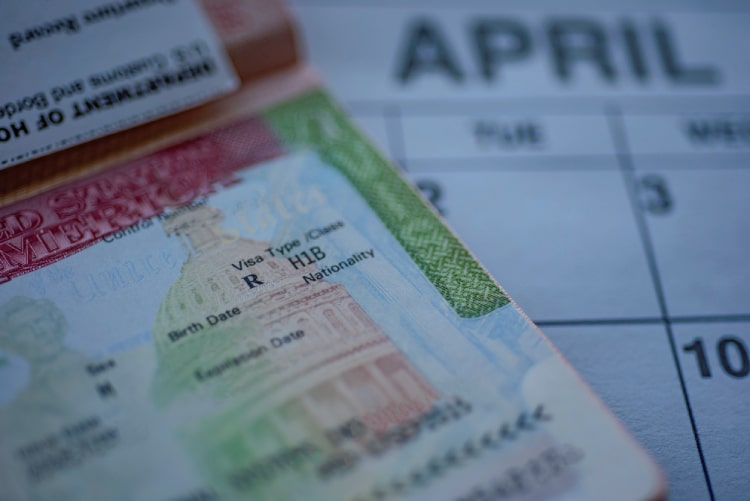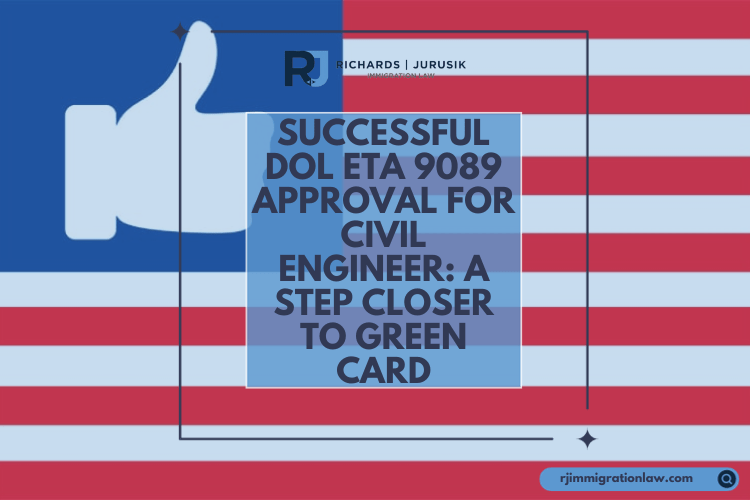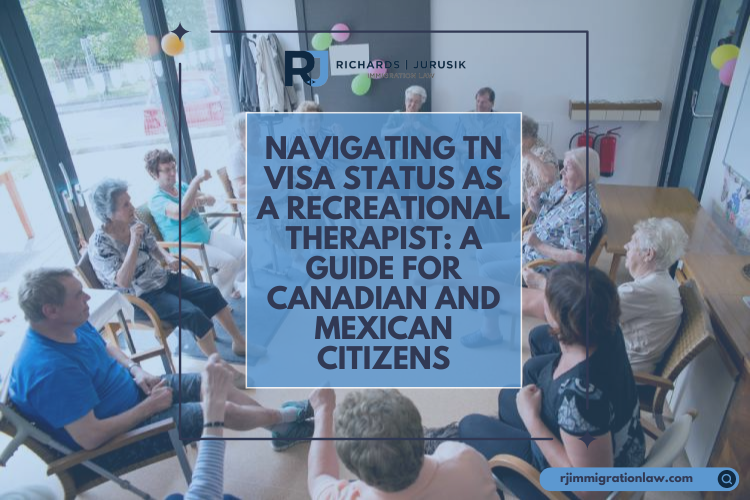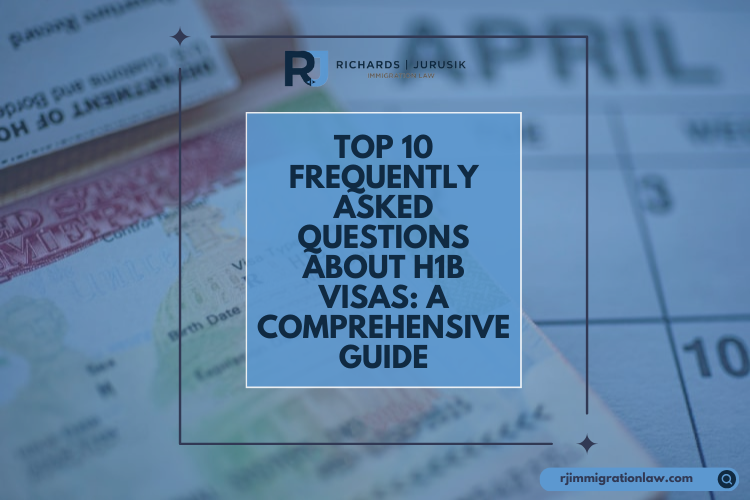Employers seeking to fill temporary non-agricultural positions with foreign workers face a rigorous process to ensure compliance with the H-2B visa program. This program, designed to assist employers in industries with seasonal peaks, requires a thorough understanding of its multi-step application process, strict adherence to labor laws, and commitment to fair treatment of foreign workers. Our comprehensive guide delves into the nuances of the H-2B visa process, providing employers with the detailed explanations needed to navigate the system confidently.
Detailed H-2B Visa Process and Requirements
1. Understanding the Temporary Need
The foundation of the H-2B application is establishing the employer’s temporary need. The need must fall into one of four categories:
- One-time occurrence: A situation where the employer has not employed workers to perform the service or labor in the past and will not need workers to perform the services or labor in the future.
- Seasonal need: Work that is recurring and tied to a season of the year by an event or pattern.
- Peak-load needs: When there is seasonal or short-term demand, additional temporary workers are required to supplement the permanent staff.
- Intermittent need: The employer has not employed permanent or full-time workers to perform the services or labor but occasionally or intermittently needs temporary workers for short periods.
2. Temporary Labor Certification
a. Prevailing Wage Determination (PWD)
Before filing for labor certification, employers must request a Prevailing Wage Determination from the DOL’s National Prevailing Wage Center (NPWC). The PWD outlines the average wage paid to similarly employed workers in the area of intended employment.
b. Recruitment
Employers are required to recruit U.S. workers for their job openings. This includes placing job orders with the State Workforce Agency (SWA) and advertising in local newspapers. Employers must report on their recruitment efforts and the outcomes.
c. Filing the Application
After recruitment, employers file the Application for Temporary Employment Certification (Form ETA-9142B) with the DOL. This form details the job duties, qualifications, and terms and conditions of employment.
3. USCIS Petition
Upon receiving labor certification, the employer must file Form I-129, Petition for Nonimmigrant Worker, with USCIS. This petition must include the approved labor certification, evidence of the temporary need, and a statement on how the worker(s) will be paid.
4. Worker Visa Application
With an approved I-129, prospective H-2B workers can apply for visas at a U.S. Embassy or Consulate. This step involves:
- DS-160 Form: Visa application form.
- Interview: Most applicants undergo a visa interview.
- Documentation: Applicants must provide proof of intent to return home, qualifications for the position, and the approved petition from the employer.
5. U.S. Entry and Employment Compliance
After obtaining their visas, workers can enter the U.S. Employers must ensure:
- Worksite Compliance: The terms of employment, including wages and working conditions, must comply with the labor certification.
- Employee Rights: H-2B workers are protected under U.S. labor laws, including rights to minimum wage and safe working conditions.
- Record Keeping: Employers must maintain records of H-2B workers’ wages, hours, and working conditions.
Cap Limitations and Exemptions
The H-2B program is subject to an annual cap of 66,000 visas, split between the first and second halves of the fiscal year. Some workers, such as those returning within the past three years, may be exempt from the cap.
Conclusion
The H-2B visa process is intricate, demanding a precise understanding of its requirements and timelines. Employers can successfully navigate the process by meticulously preparing and adhering to the outlined steps. It’s crucial to remain informed about changes in immigration laws and policies, which can impact the H-2B process. For specific situations and complex issues, consulting with an immigration attorney or expert is highly recommended. This proactive approach ensures compliance and a smoother journey in meeting your temporary labor needs with qualified foreign workers.
Subscribe to Our Resources Blog
Schedule a Consultation with an Immigration Lawyer
Additional Outside Resources
We Can Help!
You may have questions regarding the H-2B visa Program. We invite you to contact our team at Richards and Jurusik for detailed guidance and assistance. We aim to provide the most accurate and up-to-date information to make your immigration process smoother and less stressful. The immigration lawyers at Richards and Jurusik have decades of experience helping people to work and live in the United States. Read some of our hundreds of 5-star client reviews! Contact us today to assess your legal situation.







